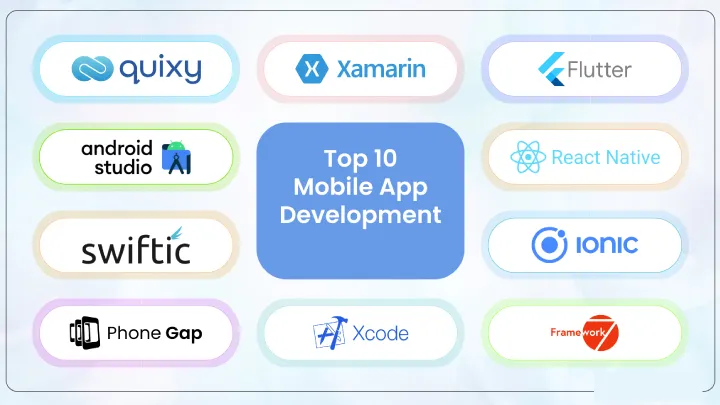Schedule I substances are classified under the Controlled Substances Act (CSA) in the United States, representing the most restricted category of drugs. This classification is crucial for regulating substances that are considered to have a high potential for abuse and no accepted medical use. This article explores the origins, criteria, implications, and ongoing debates surrounding Schedule I substances, as well as their societal and legal impacts.
The Controlled Substances Act
Historical Context
The Controlled Substances Act was enacted in 1970 as part of the Comprehensive Drug Abuse Prevention and Control Act. Its primary aim was to combat drug abuse and regulate the manufacture, distribution, and possession of controlled substances.
- Drug Enforcement Administration (DEA): The DEA was established to enforce the provisions of the CSA, overseeing the classification and regulation of drugs based on their medical use, potential for abuse, and safety.
Scheduling System
The CSA classifies controlled substances into five schedules (I-V), with Schedule I representing the most dangerous and heavily restricted drugs.
- Criteria for Classification: The classification of a substance into Schedule I is based on the following criteria:
- High potential for abuse: Substances that are likely to lead to severe psychological or physical dependence.
- No currently accepted medical use: Substances that have not been proven safe or effective for medical treatment in the United States.
- Lack of accepted safety for use: Even under medical supervision, these substances pose a significant risk to users.
Schedule I Substances
Common Examples
Several well-known substances fall under Schedule I, including:
- Heroin: An opioid derived from morphine, known for its high potential for addiction and no accepted medical use.
- LSD (Lysergic Acid Diethylamide): A powerful hallucinogenic drug that alters perception and mood, with no recognized medical applications.
- MDMA (Ecstasy): A psychoactive drug that affects mood and perception, often associated with recreational use in party settings.
- Cannabis (Marijuana): Despite its growing acceptance and legalization in several states for medical and recreational use, it remains classified as a Schedule I substance at the federal level.
Implications of Schedule I Classification
The classification of a substance as Schedule I has significant implications for research, medical use, and legal consequences.
Research Limitations
- Restricted Access for Researchers: Researchers face significant hurdles in obtaining Schedule I substances for study, requiring extensive regulatory approval and oversight.
- Impact on Scientific Understanding: The restrictions hinder the ability to conduct comprehensive research on the potential medicinal benefits and risks associated with these substances.
Legal Consequences
- Possession and Distribution: Possessing or distributing Schedule I substances is a federal crime, carrying severe penalties, including imprisonment and hefty fines.
- State vs. Federal Law: The conflict between state laws (which may allow medical or recreational use of substances like cannabis) and federal law creates legal ambiguities and challenges for law enforcement.
The Debate Over Schedule I Classification
Advocacy for Reclassification
There is an ongoing debate surrounding the classification of certain substances, particularly cannabis and MDMA, with advocates pushing for reclassification or descheduling.
- Medical Benefits: Proponents argue that many Schedule I substances have potential therapeutic benefits that warrant further research and medical use.
- Changing Public Perception: Growing acceptance of cannabis for medical and recreational use has led to calls for reevaluating its Schedule I status, with some states legalizing it despite federal restrictions.
Counterarguments
Opponents of reclassification emphasize the risks associated with Schedule I substances.
- Potential for Abuse: Critics argue that the high potential for abuse and addiction remains a valid concern, emphasizing the need for strict regulation.
- Public Health Risks: The potential negative impacts on public health, particularly concerning substances like MDMA and heroin, are cited as reasons to maintain strict controls.
Case Studies
Cannabis
Cannabis serves as a prime example in the discussion of Schedule I substances.
- State Legalization: Over the past decade, many states have legalized cannabis for medical and recreational use, challenging its federal classification.
- Research Opportunities: Some researchers are advocating for changes to allow more comprehensive studies on the medicinal properties of cannabis, including its effects on chronic pain, anxiety, and other conditions.
MDMA
MDMA is another substance that has garnered attention regarding its Schedule I status.
- Therapeutic Potential: Emerging research suggests MDMA may have therapeutic benefits for PTSD and other mental health conditions, leading to calls for its reclassification.
- Clinical Trials: Ongoing clinical trials are investigating the safety and efficacy of MDMA-assisted psychotherapy, highlighting the need for regulatory changes to facilitate research.
The Future of Schedule I Substances
Regulatory Changes
As public perception shifts and research progresses, regulatory changes may be on the horizon.
- Potential Reclassifications: Continued advocacy and research may lead to the reclassification of certain substances, particularly cannabis and MDMA, allowing for broader access and study.
- Balancing Regulation and Access: Policymakers face the challenge of balancing the need for regulation with the potential benefits of medical and therapeutic use.
The Role of Education
Education plays a crucial role in shaping public perception and policy regarding Schedule I substances.
- Public Awareness Campaigns: Increasing public awareness about the risks and benefits of various substances can inform policy decisions and promote responsible use.
- Training for Healthcare Professionals: Educating healthcare providers about the potential therapeutic uses of previously stigmatized substances can facilitate responsible prescribing practices.
Conclusion
Schedule I substances represent a complex intersection of regulation, science, and public health. While the classification serves to protect public safety, it also poses significant barriers to research and potential medical use. As societal attitudes shift and research continues to explore the benefits and risks of these substances, the conversation surrounding Schedule I classification is likely to evolve. Balancing the need for regulation with the potential therapeutic benefits of certain substances will be crucial in shaping the future of drug policy and public health.

















